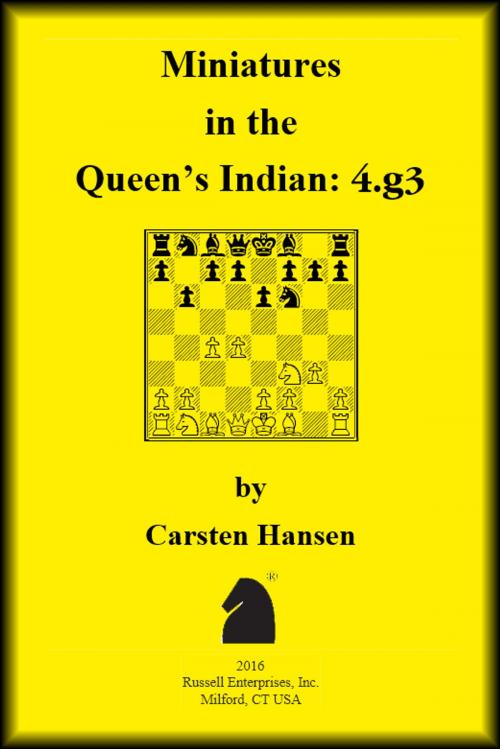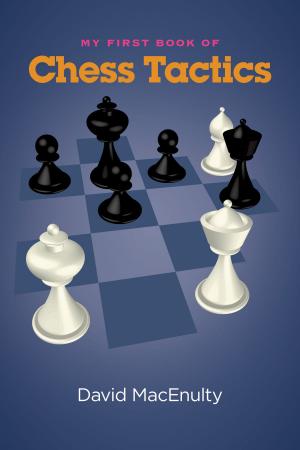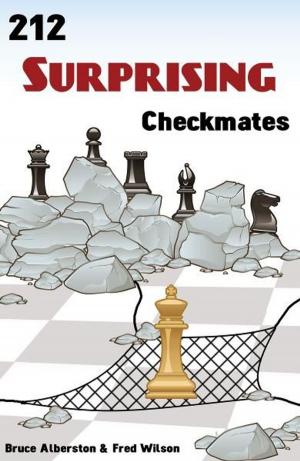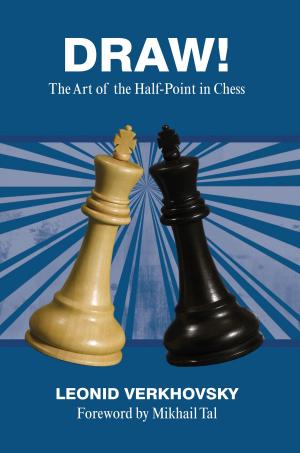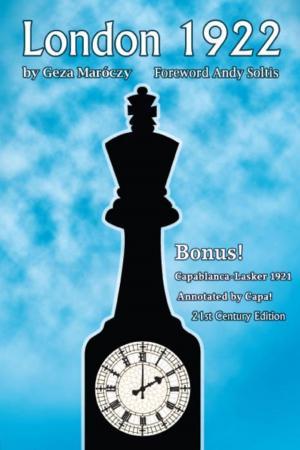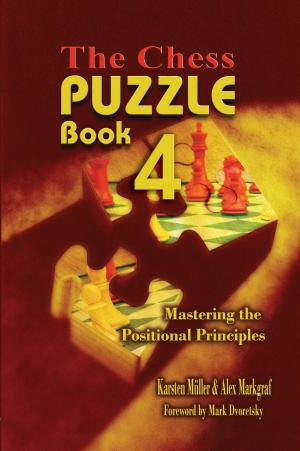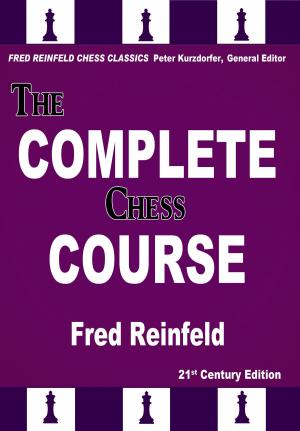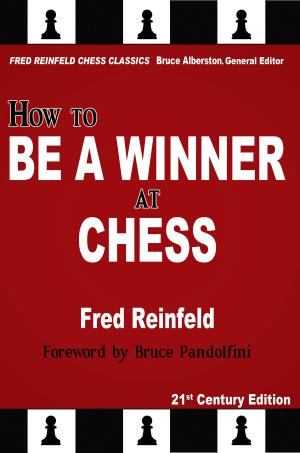| Author: | Carsten Hansen | ISBN: | 9781941270486 |
| Publisher: | Russell Enterprises, Inc. | Publication: | January 5, 2010 |
| Imprint: | Russell Enterprises, Inc. | Language: | English |
| Author: | Carsten Hansen |
| ISBN: | 9781941270486 |
| Publisher: | Russell Enterprises, Inc. |
| Publication: | January 5, 2010 |
| Imprint: | Russell Enterprises, Inc. |
| Language: | English |
Miniatures in the Queen’s Indian: 4.g3 The subject of this book is the Fianchetto Variation of the Queen’s Indian Defense, which arises after 1.d4 Nf6 2.c4 e6 3.Nf3 b6 4.g3. Its purpose is to entertain and educate you. The entertainment consists of 100 main games all of which are 25 moves or less. In addition to the main games, you will find miniatures included in the notes, along with many other complete games. The education part involves solving tactical puzzles, reasoning your way to the right move, spotting combinations and studying the theory associated with these lines. While the theoretical coverage may not necessarily be as deep as in opening monographs or repertoire books, there’s usually more than enough to give you a good understanding of the particular line, making it easier for you to incorporate it into your opening repertoire. We have also tried to include some key alternatives with analysis to give you an idea of other possibilities for both sides. As for the games, they are typically between players with a rating of at least 2350 and in fact are often stronger. However, we have made some exceptions to this guiding principle when a lower-rated player beats a player rated above the magical 2350 number. So that the performances of the players may be evaluated better, their ELO ratings have been included. The Queen’s Indian as a whole has been played consistently since its invention by Aron Nimzowitsch in the early years of the 20th century and it remains a very popular opening at all levels. While its foundation is solid, things can quickly become very sharp and heavy on theory, particularly when Black plays 4...Ba6. We hope you enjoy this second volume in the “Miniatures†series… Every chess player dreams of winning quickly and beautifully in his favorite opening. Carsten Hansen’s new “Miniatures†Series shows you how to do that, divided by opening! A novel and entertaining approach. But as they say – wait, there is more! It’s in the nature of chess that miniatures can only be won following mistakes by the opponent. The books can also show you which early mistakes to avoid so that you don’t lose quickly and beautifully in your favorite opening. Get the volumes with your openings and use them as preparation for your next tournament! – Grandmaster Lars Bo Hansen
Miniatures in the Queen’s Indian: 4.g3 The subject of this book is the Fianchetto Variation of the Queen’s Indian Defense, which arises after 1.d4 Nf6 2.c4 e6 3.Nf3 b6 4.g3. Its purpose is to entertain and educate you. The entertainment consists of 100 main games all of which are 25 moves or less. In addition to the main games, you will find miniatures included in the notes, along with many other complete games. The education part involves solving tactical puzzles, reasoning your way to the right move, spotting combinations and studying the theory associated with these lines. While the theoretical coverage may not necessarily be as deep as in opening monographs or repertoire books, there’s usually more than enough to give you a good understanding of the particular line, making it easier for you to incorporate it into your opening repertoire. We have also tried to include some key alternatives with analysis to give you an idea of other possibilities for both sides. As for the games, they are typically between players with a rating of at least 2350 and in fact are often stronger. However, we have made some exceptions to this guiding principle when a lower-rated player beats a player rated above the magical 2350 number. So that the performances of the players may be evaluated better, their ELO ratings have been included. The Queen’s Indian as a whole has been played consistently since its invention by Aron Nimzowitsch in the early years of the 20th century and it remains a very popular opening at all levels. While its foundation is solid, things can quickly become very sharp and heavy on theory, particularly when Black plays 4...Ba6. We hope you enjoy this second volume in the “Miniatures†series… Every chess player dreams of winning quickly and beautifully in his favorite opening. Carsten Hansen’s new “Miniatures†Series shows you how to do that, divided by opening! A novel and entertaining approach. But as they say – wait, there is more! It’s in the nature of chess that miniatures can only be won following mistakes by the opponent. The books can also show you which early mistakes to avoid so that you don’t lose quickly and beautifully in your favorite opening. Get the volumes with your openings and use them as preparation for your next tournament! – Grandmaster Lars Bo Hansen
